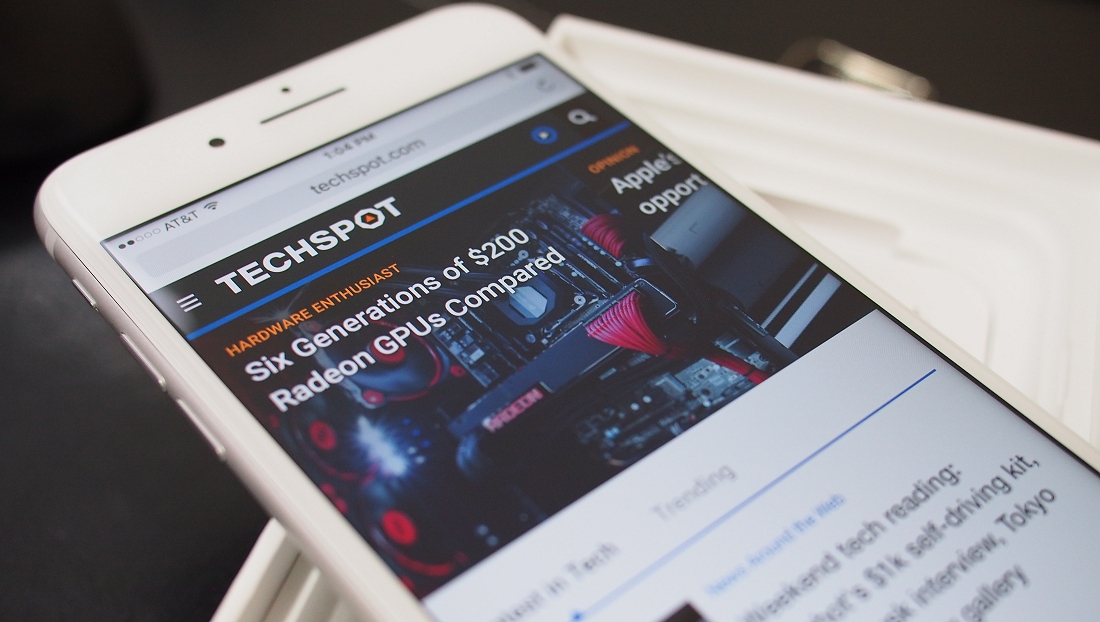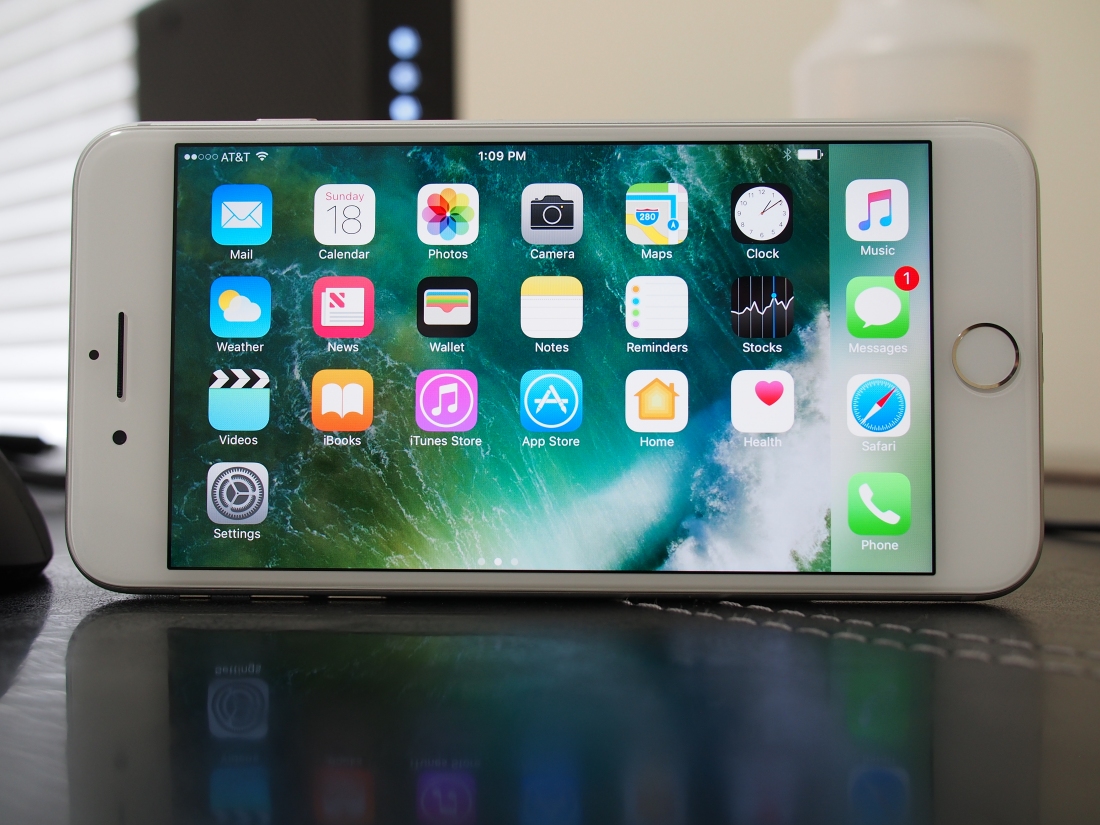
For many, the search for a new smartphone begins and ends with its display. As the gateway to the device, it’s one of the few components utilized on an almost constant basis. Most high-end handset makers have made the jump to OLED panels with the one major holdout being Apple.
The Cupertino-based company has been criticized for sticking with dated LCD screens in the iPhone 7 instead of adopting newer OLED technology. That’s a fair argument although as DisplayMate President Dr. Raymond M. Soneira points out in his recent evaluation, Apple hasn’t phoned it in (no pun intended) with the iPhone 7.
Soneira, a well-respected professional in the display industry, says Apple’s use of two standard color gamuts in the iPhone 7 – the new DCI-P3 wide color gamut (which only three manufacturers currently have) and the traditional sRGB / Rec.709 color gamut – have been implemented with absolute color accuracy that is visually indistinguishable from perfect.
Elsewhere, Soneira found that the iPhone 7 produces 602 nits of brightness, slightly under Apple’s claimed 625 nits. That’s with manual brightness enabled and the slider set to max – when the phone is set to automatic brightness, Soneira measured up to 705 nits of peak brightness – no doubt useful in short stints when outdoors under direct sunlight. It's not nearly as high as the 1,048 nits of brightness the Galaxy Note 7 puts out but impressive for an LCD.

The display guru also found the iPhone 7 to have a record low reflectance for smartphones and a record high contrast ratio for IPS LCD displays. Oh, and their samples came from a retail Verizon store meaning they weren't "hand-picked" units.
In conclusion, Soneira says the display on the iPhone 7 is a truly impressive and top-performing display and a major upgrade to the display on the iPhone 6. It is by far the best performing mobile LCD screen they’ve ever tested (note: not the best mobile display ever as that honor belongs to Samsung's Galaxy Note 7).
All things considered and regardless of whether or not Apple jumps to OLED screens next year (my vote is they will), Soneira says that future panels of either type need to improve image and picture quality and screen readability under real world ambient light by reducing screen reflectance, expanding the native display color gamut as much as possible and implementing dynamic color management.
If detailed display technology jargon is your cup of tea, I'd highly recommend checking out DisplayMate as they do an absolute bang-up job of evaluating displays of all shapes and sizes.
https://www.techspot.com/news/66375-displaymate-iphone-7-has-best-performing-mobile-lcd.html